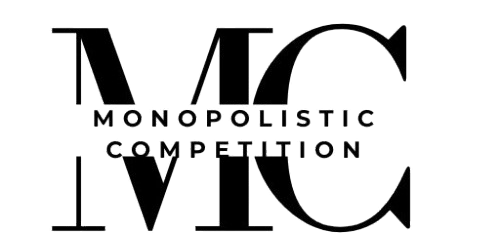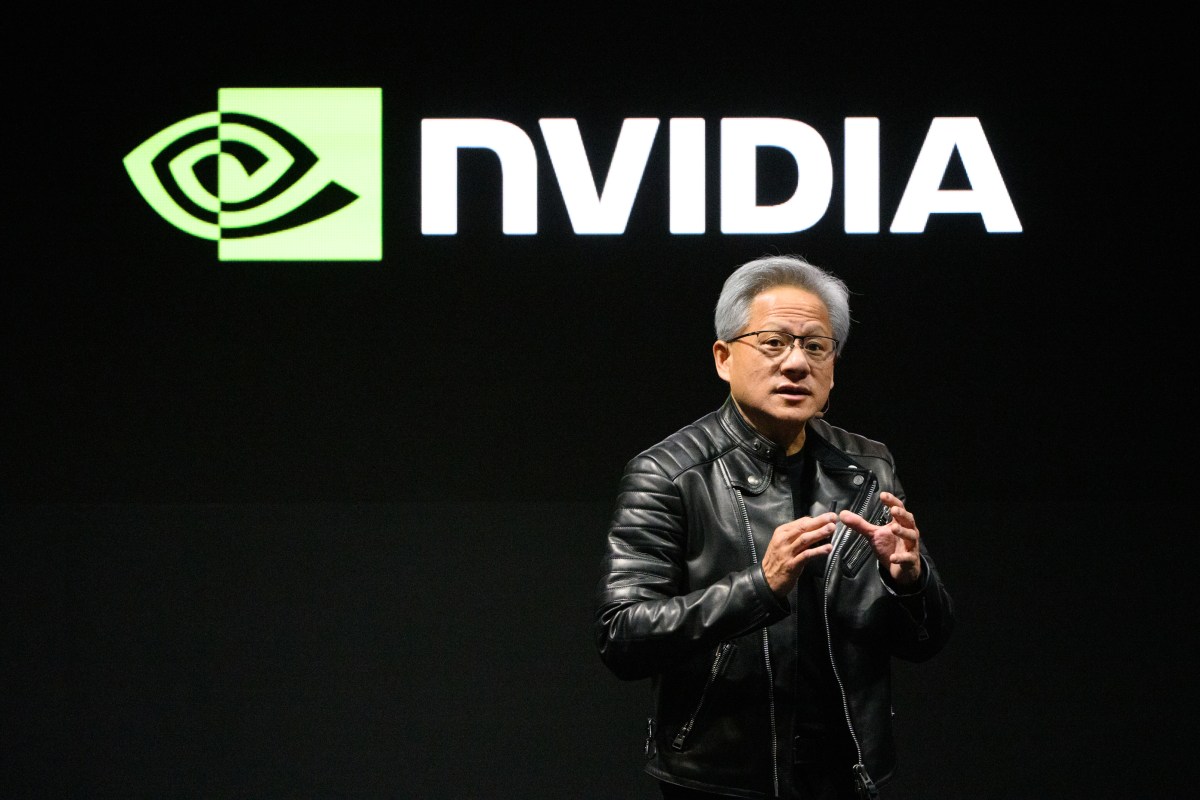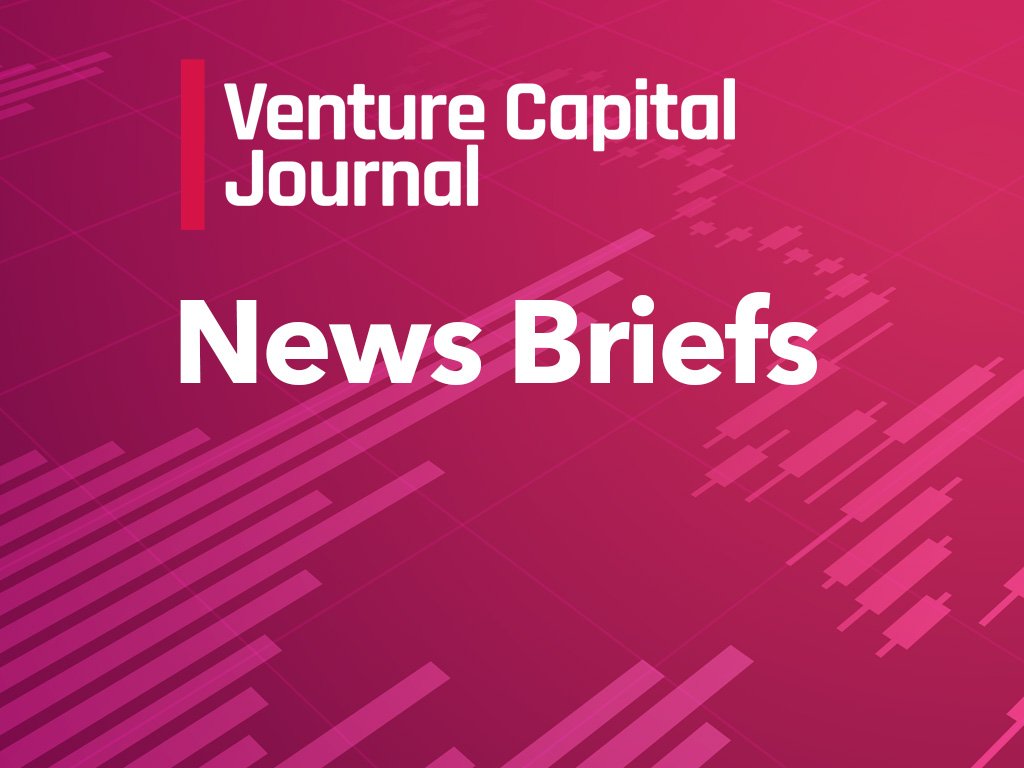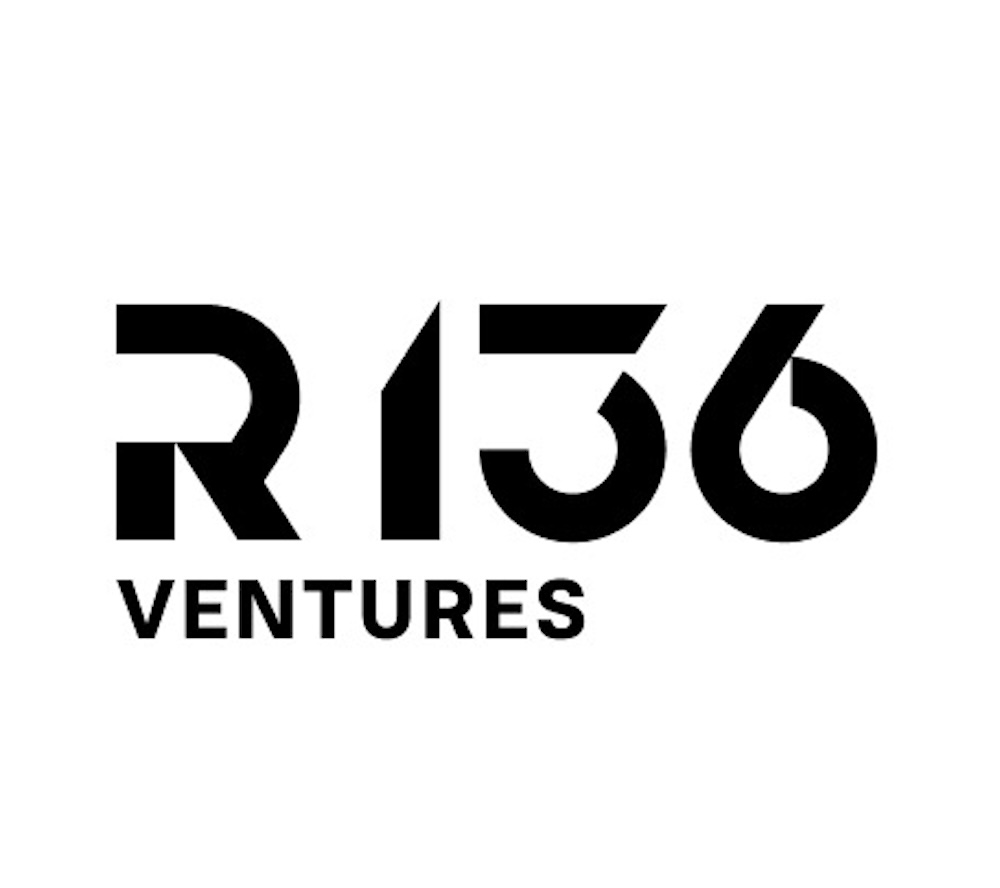Author: Yogita Khatri
Compiled by: Baihua Blockchain
According to data from The Block Pro’s funding dashboard, crypto venture capital funding in 2024 has increased by 28% year-on-year, reaching approximately $13.7 billion. Despite significant progress compared to 2023, this growth has not returned to previous peaks, even though market sentiment this year is very bullish.
Looking ahead to 2025, top crypto VCs maintain a cautiously optimistic attitude. While most believe that funding levels are unlikely to return to the highs of 2021-2022, there is a clear consensus: startups with strong product-market fit and visible user adoption are most likely to attract capital in the coming year.
Here are the 2025 funding outlooks shared by leaders from companies such as Dragonfly, Pantera, Mult1C0in, Coinbase Ventures, BN Labs, and Galaxy Ventures with The Block.
1. Dragonfly: Betting on DeFi, CeFi, Stablecoins, and More
Rob Hadick, a general partner at Dragonfly, stated in an interview with The Block that he expects significant growth in crypto venture capital funding in 2025, driven by factors such as a relaxed regulatory environment in the U.S., potentially sustained token price increases, and increased institutional capital. However, Hadick believes that funding levels will not return to the highs of 2021-2022 for “a long time,” reflecting a cautious attitude among VCs about repeating past mistakes.
Dragonfly will continue to focus on supporting founders who excel in verified product-market fit areas, including decentralized finance (DeFi), scaling platforms, centralized finance (CeFi), and stablecoins/payments. Although emerging areas like crypto AI and decentralized physical infrastructure networks (DePIN) are also on the radar, Hadick believes these are still in the “experimental” stage.
Conversely, Hadick noted that as attention shifts to emerging industries, investments in categories like security, tokenization, and interoperability may decline. He also predicts that decentralized social media will face challenges due to its lack of scalability and product-market fit.
2. Pantera: Optimistic About Crypto-AI, DePIN, and New Layer 1 Blockchains
Lauren Stephanian, a general partner at Pantera Capital, mentioned in an interview with The Block that due to investors being more willing to deploy capital in a U.S. government that supports crypto, crypto venture capital funding is expected to grow in 2025.
However, Stephanian noted, “Bull markets do not last forever,” so it remains to be seen “when investment deployment will begin to slow down in the coming year.”
Pantera will continue to invest broadly in the crypto and blockchain space but is particularly optimistic about crypto-AI, decentralized physical infrastructure networks (DePIN), and new Layer 1 blockchains that support more application layer functionalities.
3. Mult1C0in: Continued Optimism for the Solana Ecosystem
Mult1C0in Capital is currently focused on expanding its investments in decentralized finance (DeFi) applications, especially within the Solana ecosystem. This year, Solana’s on-chain key metrics have outperformed Ethereum and its Layer 2 ecosystem. “We expect this trend to continue, and applications and protocols on Solana will be the big winners in the next cycle as more users, capital, issuance, and activity migrate to Solana’s ecosystem,” said Kyle Samani, co-founder and managing partner of Mult1C0in Capital, to The Block.
Samani believes that Ethereum will continue to face challenges and may even enter a prolonged decline due to fierce competition from Solana and other faster, cheaper blockchains. “Unless Ethereum can catch up, developers, users, and capital will migrate to other chains that better meet their needs,” he added.
Additionally, Mult1C0in is optimistic about stablecoins. Samani described stablecoins as “one of the greatest technologies and financial innovations of our lifetime.”
“Stablecoins have the opportunity to become an undeniable force in 2025,” Samani stated. “The whole world wants dollars, and stablecoins are the most efficient way to obtain dollars. The design space is extremely vast, and we are still in a relatively early stage on the adoption curve.”
4. Coinbase Ventures: Focusing on On-Chain Economy
Hoolie Tejwani, head of Coinbase Ventures, stated in an interview with The Block that the firm is expected to be “very active” in 2025 and has the capacity to seize market opportunities. The company is optimistic about regulatory progress in the U.S., especially due to the pro-crypto Donald Trump administration and the pro-crypto Congress that will take office in January 2025.
Tejwani indicated that Coinbase Ventures will continue to invest broadly around the on-chain economy, guided by “where the best and most talented builders are spending the most time and energy.” The company is optimistic about the application layer, believing that as infrastructure matures, applications with internet-scale will finally become possible. Areas of focus include stablecoin payments and finance, the intersection of crypto and AI, on-chain consumer applications (such as social, gaming, and creator applications), and DeFi innovations.
At the same time, Coinbase Ventures has not completely abandoned infrastructure layer investments, as there are still unresolved challenges and new opportunities in the tooling space, Tejwani added.
5. BN Labs: Prioritizing Fundamentals and User Adoption
As the venture capital and incubation arm of BN, valued at $10 billion, BN Labs is a “evergreen” investor. Regardless of market cycle changes, the company will continue to support Web3, AI, and biotech startups, according to its investment director Alex Odagiu in an interview with The Block.
BN Labs expects crypto venture capital funding to maintain strong momentum in 2025 but will remain “focused on fundamentals,” rather than price fluctuations or market hype. Odagiu emphasized that projects with real use cases, product-market fit, excellent teams, and sustainable revenue models are most likely to succeed.
6. Galaxy Ventures: Optimistic About Stablecoins and Tokenization
Galaxy Ventures is optimistic about the growth potential of stablecoins and tokenization in 2025. The company’s partner Will Nuelle told The Block that stablecoins, especially in the payments space, demonstrate strong product-market fit and remain a key area for capital deployment.
Although the adoption rate of tokenization still lags behind that of stablecoins, Nuelle believes it holds significant potential for investors. Galaxy Ventures plans to further explore these opportunities. However, Nuelle is more pessimistic about metaverse-related projects, predicting that due to a lack of clear adoption signs, funding in this area will lag in 2025.
7. Hashed: Cautiously Optimistic About 2025
Simon Seojoon Kim, CEO and managing partner of Hashed, holds a cautiously optimistic view for 2025. He stated that while Trump’s comments about making Bitcoin a U.S. Treasury asset suggest a potential shift in institutional sentiment, funding levels are unlikely to return to the highs of 2021-2022. Kim added that this situation could change significantly if a macro or political “black swan” event occurs.
Kim pointed out that key drivers for 2025 may include clarity in the U.S. regulatory framework, increased institutional activity in Asian markets, and advancements in infrastructure supporting real-world applications. However, he also warned that regulatory setbacks, macroeconomic uncertainty, and geopolitical tensions could suppress growth.
Hashed’s investment priorities for 2025 include data infrastructure, institutional-grade DeFi applications, regulated stablecoin payment systems, and crypto and AI infrastructure. Kim believes these areas have clear product-market fit, compliance pathways, and reliable revenue potential. In contrast, he expects funding for GameFi projects lacking sustainable economic models, undifferentiated Layer 1 and Layer 2 protocols, consumer-grade DeFi applications in restricted regions, and NFT platforms without clear utility or revenue models to decrease.
Hashed plans to complete the fundraising for its third venture fund in the first quarter of 2025 and launch a new investment vehicle in Abu Dhabi to facilitate direct token investments under the region’s regulatory framework. He stated that this strategic expansion aims to address the issue of existing Korean local funds being unable to make direct token investments due to local regulatory restrictions but did not disclose the target fund size.
8. Hack VC: Betting on Crypto and AI, Infrastructure, and DeFi
Ed Roman, co-founder and managing partner of Hack VC, told The Block that unless a black swan event occurs, crypto venture capital funding is expected to “grow significantly” in 2025. Roman attributes this to pro-crypto government policies and a rekindled enthusiasm among Web3 entrepreneurs.
Hack VC primarily focuses on three areas: crypto and AI, infrastructure, and DeFi. Roman mentioned that the crypto space offers unique opportunities in multi-layer AI stacks due to GPU-based decentralized physical infrastructure networks (DePINs), providing a lower cost compared to traditional Web2 cloud. “This is a trillion-dollar market serving Web2 customers,” he said.
In terms of infrastructure, Hack VC is optimistic about scalability protocols, modular infrastructure, Web3 security, maximum extractable value (MEV) improvements, and account abstraction technologies. These innovations significantly enhance the Web3 tech stack and improve the user experience of decentralized applications (dApps).
In the DeFi space, Hack VC believes that now is a “once-in-a-generation opportunity to streamline the financial system.” Roman views stablecoin-based payments as the foundation of this system, with broad real-world application potential, representing “a trillion-dollar market.” However, he is less optimistic about NFTs, predicting that most NFTs will depreciate, with only top-tier assets maintaining their value.
9. Portal Ventures: Supporting Integrated Platforms
Evan Fisher, founder and managing partner of Portal Ventures, expects the “animal spirits” of the market to return in 2025, but funding levels will not return to the highs of 2021-2022, as the macroeconomic environment during those years was unique.
Fisher told The Block that Portal Ventures is optimistic about platforms that provide both infrastructure and applications, as these platforms can control user experience and build practical scenarios. However, he predicts that investments in heavier infrastructure projects (such as zero-knowledge development platforms and middleware) will slow down due to a lack of customers and sustainable business models.
10. Blockchain Capital: Focusing on Multiple Areas, Including Stablecoin Infrastructure and DeFi
Kinjal Shah, a partner at Blockchain Capital, expects funding levels to rise in 2025 as the market continues to be strong. However, she believes that funding will not return to the highs of 2021-2022, as the excitement during that time was influenced by broader macroeconomic trends.
Blockchain Capital will continue to maintain an opportunistic investment approach, focusing on stablecoin infrastructure, innovative distribution models, and DeFi platforms that connect institutional and retail users.
ChainCatcher reminds readers to view blockchain rationally, enhance risk awareness, and be cautious of various virtual token issuances and speculations. All content on this site is solely market information or related party opinions, and does not constitute any form of investment advice. If you find sensitive information in the content, please click “Report”, and we will handle it promptly.












Leave a Reply